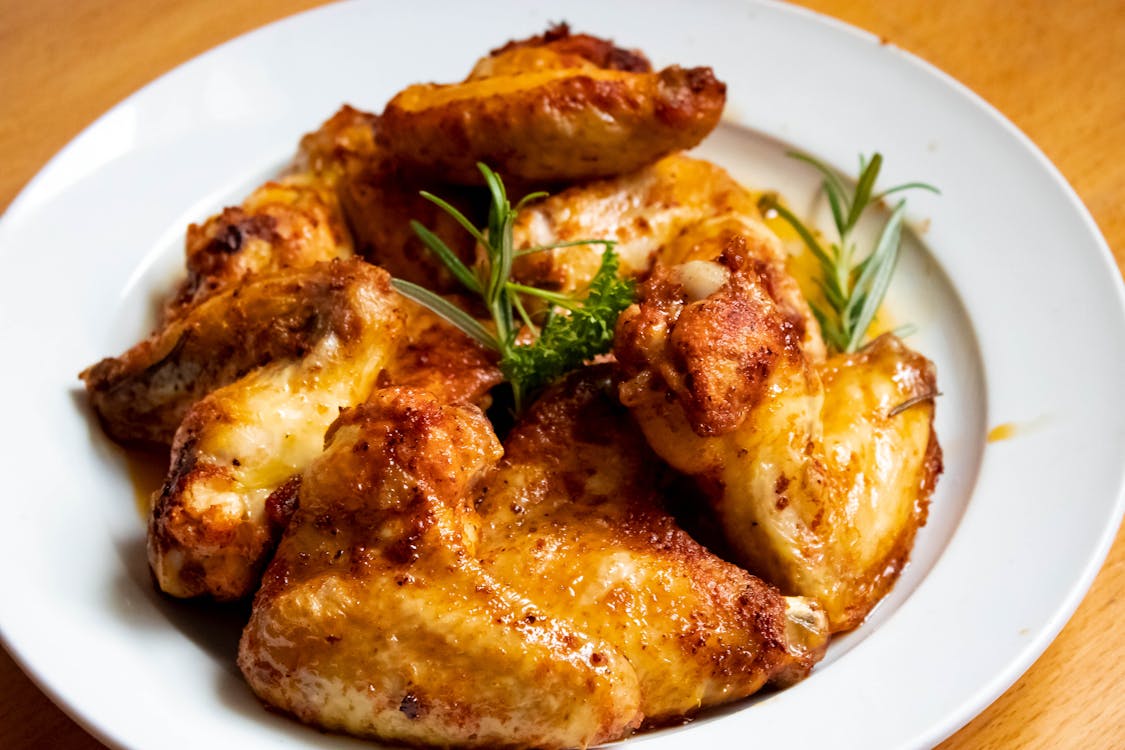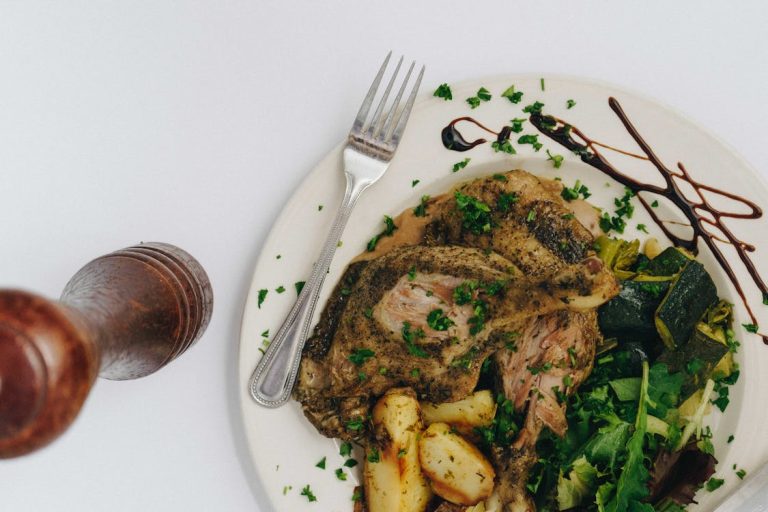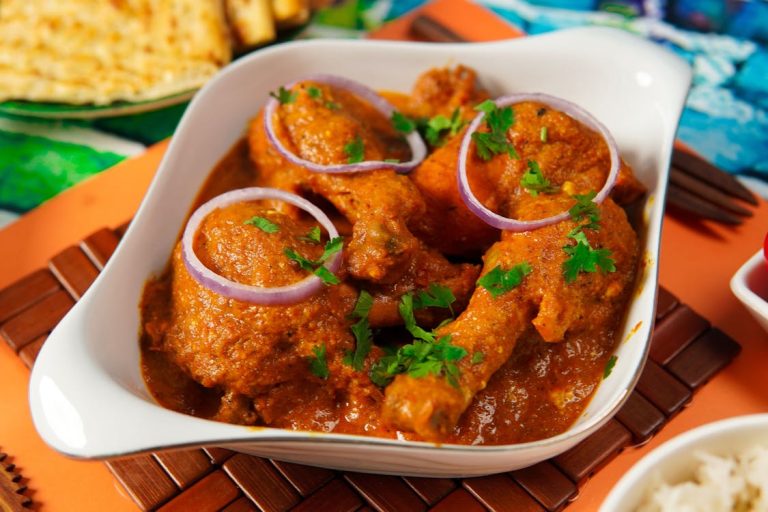How to Master Chicken: Your Comprehensive Guide to Benefits, and Cooking

Chicken stands as a kitchen cornerstone in countless households, cherished for its adaptability, budget-friendly nature, and nutritional value. Here’s your go-to manual for unraveling the mysteries of chicken, covering everything from its nutritional breakdown to discerning between white and dark meat, opting for healthier cooking techniques, and prioritizing safety in your culinary endeavors.
Protein Powerhouse:
Renowned for its high-quality protein content, chicken breast reigns supreme in the world of fitness enthusiasts and health-conscious individuals alike. Its protein-to-calorie ratio makes it an ideal choice for muscle building and weight management. Notably low in fat, especially saturated fat, chicken breast packs a punch with essential vitamins and minerals, including B vitamins like thiamine (B1), pyridoxine (B6), and pantothenic acid (B5), crucial for energy metabolism. Additionally, chicken delivers vital minerals such as iron, zinc, and copper, bolstering various bodily functions, including immune support and oxygen transport.
White vs. Dark:
Navigating the terrain of chicken cuts requires an understanding of the nutritional disparities between white and dark meat. While both varieties offer lean protein, their caloric and fat content diverge. A serving of skinless chicken breast clocks in at roughly 140 calories, with minimal fat and saturated fat content. Conversely, an equivalent portion of dark meat, sans skin, boasts a slightly higher calorie count, accompanied by increased fat content. Despite its richer flavor profile owing to its higher fat content, individuals mindful of calorie and fat intake may gravitate towards white meat.
Culinary Choices:
The preparation method of chicken significantly influences its nutritional integrity. Opting for healthier cooking methods such as baking, grilling, or roasting can minimize the addition of fats and calories, enhancing the dish’s health quotient. Whether dining out or preparing meals at home, selecting these cooking styles over deep-frying or frying can make a substantial difference. While retaining the skin during cooking can help preserve moisture, it’s advisable to remove it before consumption to trim down on fat and calories. Infusing your culinary creations with herbs, spices, and marinades offers a flavorful punch sans unhealthy fats.
Patricia’s Cheffie Secret:
Unlock the secrets to succulent chicken with Patricia’s Cheffie Secret: Super Juicy Chicken! A salt-based brine solution works wonders in imbuing chicken with moisture, tenderness, and flavor during cooking. This transformative process tenderizes the meat, facilitating easier digestion and nutrient absorption. Remember to cook your brined chicken to a temperature of 160°F and allow it to rest for 3-5 minutes before slicing, ensuring maximum juiciness retention. Your taste buds will thank you!
Safety First:
Prioritizing food safety is paramount when handling and cooking poultry to avert the risk of foodborne illnesses. Regardless of your chosen cooking method, ensure that chicken reaches an internal temperature of 165°F. Utilizing a food thermometer inserted into the thickest part of the meat guarantees its safe consumption. Additionally, practicing impeccable kitchen hygiene, such as diligent handwashing and surface sanitization post-chicken handling, mitigates the risk of cross-contamination.
Incorporating chicken into your culinary repertoire offers a myriad of health benefits, from its protein-packed goodness to a treasure trove of essential vitamins and minerals. Armed with insights into the nuances of white versus dark meat and armed with healthy cooking methods, you’re poised to savor delicious and nutritious chicken dishes with confidence. Whether indulging in a juicy chicken breast or relishing flavorful thighs, chicken emerges as a versatile and nourishing cornerstone of any meal.



